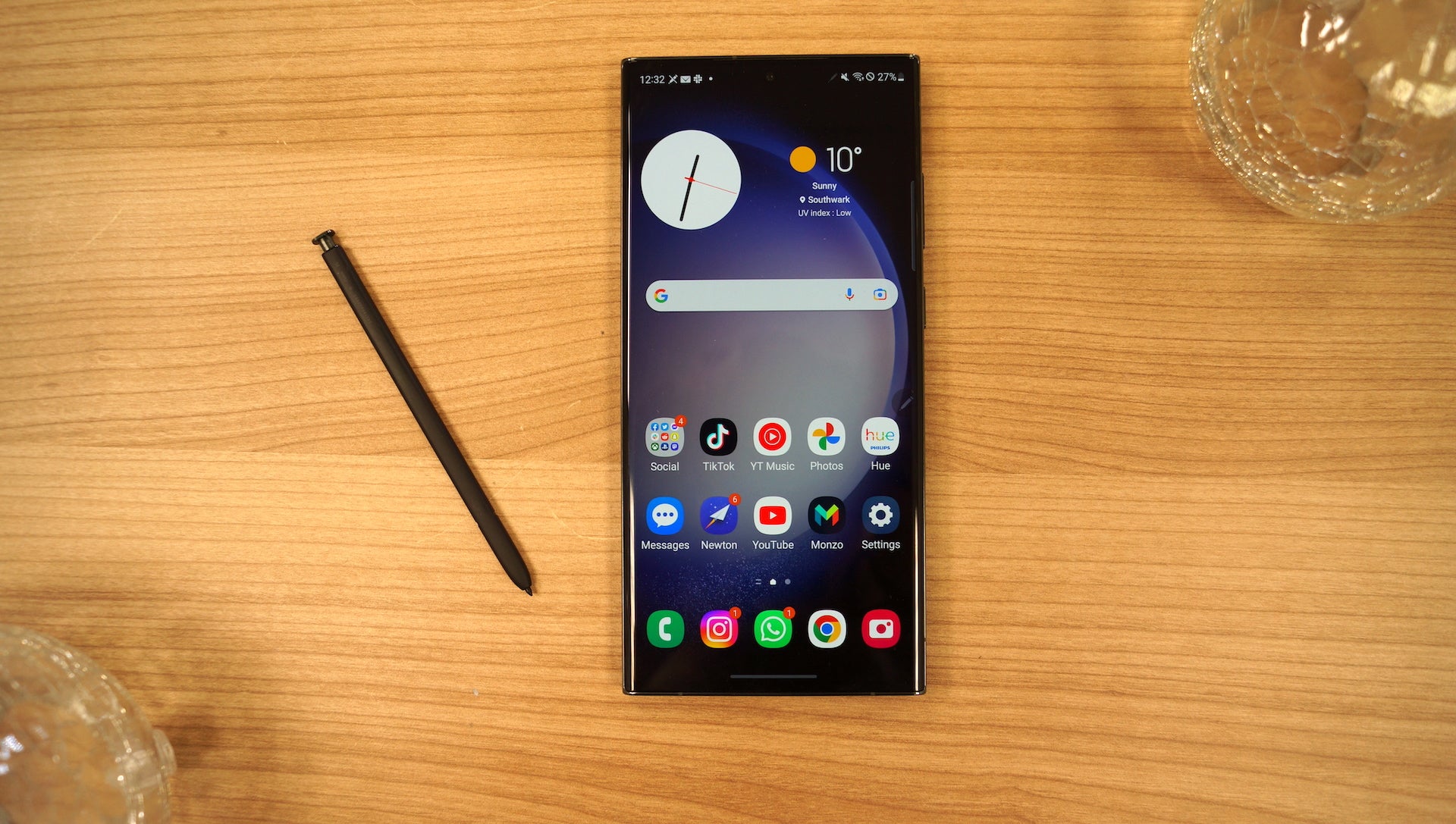As some people return to the office or classroom after more than 18 months of COVID-19 disruption, maintaining social distance remains a concern, especially with the highly contagious Delta variant spreading nationwide. Here are a few simple suggestions for using your smartphone to help you stay informed and safe if you return to the office or school.
Stay Informed
Regular school, municipal, and state website checks can keep you up-to-date about mask mandates, vaccine requirements, quarantines, and other COVID-related news. Get your facts faster by making bookmarks for these sites that you can tap open right from your home screen. From left, Google’s Android and Apple’s iOS systems allow you to save a webpage bookmark as an icon on your phone’s home screen for quick access. Credit…Google; Apple

Open the page you want to bookmark. Steps will vary based on browser and phone, but if you’re using the Chrome browser on an Android device, tap the More menu in the upper-right corner and choose “Add to Home Screen.” On an iOS device using the Safari browser, tap the Action menu icon at the bottom-center of the screen and select “Add to Home Screen.” The Centers for Disease Control and Prevention has a mobile app and an informative website. For local virus news, check your app store, as many states have their apps for tracking outbreaks, providing personal exposure notifications, supplying vaccine information, and offering general news alerts.
Carry Your Card
Certain institutions, venues, and employers now have a vaccine requirement, and many New York City businesses require proof and will enforce it next month. While your paper vaccination card is proof, you can keep it safe at home and go digital. Some states have electronic vaccination passports you can store in your phone’s digital wallet and display when asked; New York’s Excelsior Pass program is one example. New York state has its digital Excelsior Pass vaccine passport, which can also be printed. Built-in tools like Android’s Locked Folder option, right, add a security layer to vaccine-card photos. Credit…Apple; Google
Photos of your paper vaccination card can also serve as a digital backup. Some employers may accept the images as proof of vaccination, especially in apps like NYC Covid Safe. The card contains personal information, so keep your phone locked when not in use. Apple’s iOS software settings offer a passcode, Face ID, or Touch ID to secure the device. Android users can also set up a screen lock in the system settings. In addition to PIN or passcode, some phone models (including those from Google and Samsung) use biometric keys, like facial recognition. For additional protection, Android users can store vaccine cardpictures in a locked folder within Google Photos — open the card image, tap the More menu, and choose “Move to Locked Folder.”
Modify Your Commute
A socially distanced commute is more of a challenge for people who don’t drive and walk or use mass transit to get around. Last year, both Apple and Google added coronavirus-related business information to their maps apps. A more recent Google Maps update now shows busy areas so you can better avoid crowds. If you want to ride off-peak trains or stroll the less-traveled path, Apple and Google Maps offer real-time transit schedules and optional walking routes. Specialized apps like Citymapper cover multiple forms of transportation, including bike share and ferry. Localized transit apps (like New York City’s MYmta for Android and iOS) can also be helpful for service status and updates. Google’s “Heads Up” feature for the Pixel and other Android phones reminds you to pay attention to your surroundings when walking. Credit…Google And if you’re walking to work with your face on your Android phone, the “Heads Up” notifications on some models remind you to watch where you’re going. Enable the feature in the Digital Wellbeing settings.
Fuel Up
When a drive-through window isn’t an option for picking up your breakfast or lunch from a distance, there are other ways to minimize your exposure, like phoning a pickup order to your local diner or bodega. Loyalty apps from convenience stores like 7-Eleven and Wawa or restaurants (McDonald’s, Panera Bread, and Starbucks, to name a few) offer online ordering and mobile checkout to zip things along with minimal contact. And don’t forget contactless payment systems like Apple Pay, Google Pay, or Samsung Pay to keep you from fumbling with physical cash and speed you through at the register or subway turnstile. (A contactless credit card from your financial institution is another option and lets you pay by tapping the card on the checkout reader.)
Video to Go
Now that you’ve left the house consider a couple more apps to help deal with the transition. The mobile version of your company’s preferred videoconference app lets you ditch a conference room and take a meeting anywhere, even without your computer. The mobile versions of your company’s preferred videoconference app allow you to join a discussion wherever you are — even stuck in traffic or taking an outdoor break. Zoom After more than a year of working remotely, leaving your fuzzy home-office mate may be extra hard as you return to the world. If the separation makes you anxious, consider an inexpensive streaming web camera that lets you use your phone to check on your pet in rreal-time The Wirecutter site recommends camera options to keep you virtually in the house until you return home.
















Leave a Reply